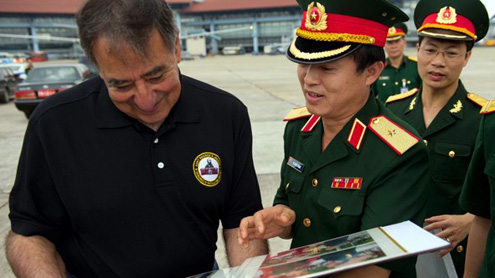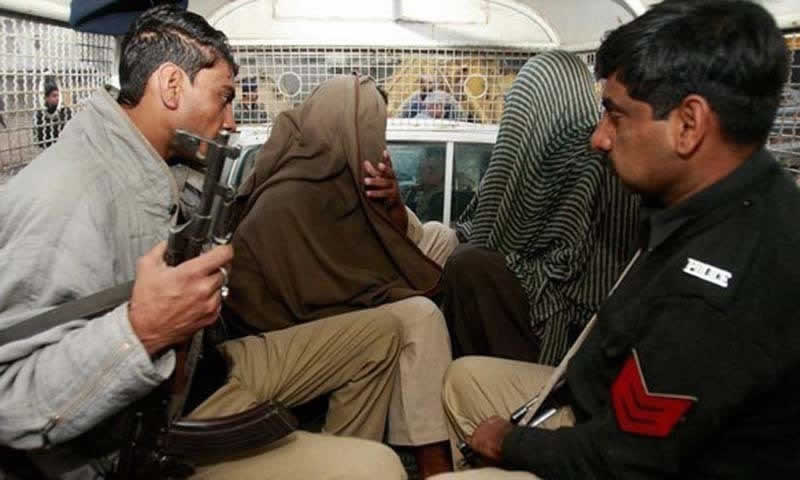
As the Obama administration revamps its Asian strategy in response to a rising China, the U.S. military is eyeing a return to some familiar bases from its last conflict in the region — the Vietnam War.
In recent weeks, the Pentagon has intensified discussions with Thailand about creating a regional disaster-relief hub at an American-built airfield that housed B-52 bombers during the 1960s and 1970s. U.S. officials said they are also interested in more naval visits to Thai ports and joint surveillance flights to monitor trade routes and military movements. In next-door Vietnam, Defense Secretary Leon E. Panetta this month became the highest-ranking U.S. official to visit the naval and air base at Cam Ranh Bay since the end of the war. Citing the “tremendous potential here,” Panetta enthused about the prospect of U.S. ships again becoming a common sight at the deep-water port.
The Pentagon is also seeking greater accommodations in the Philippines, including at the Subic Bay naval base and the former Clark Air Base, once the largest U.S. military installations in Asia as well as key repair and supply hubs during the Vietnam War. The U.S. military either abandoned or was evicted from its Southeast Asian bases decades ago. Amid concerns about China’s growing military power and its claims to disputed territories, however, Thailand, Vietnam and the Philippines have cautiously put out the welcome mat for the Americans again.
In response, Pentagon leaders have flocked to the region to speed up negotiations and fortify relations. The rapprochements so far have focused on limited steps, such as port visits and joint exercises, but the administration hopes they will lead to a more extensive and persistent U.S. military presence. “Symbolically, those places are really attached to a very recent history,” said a senior U.S. defense official, speaking on condition of anonymity to discuss the deliberations. “Part of moving forward with a lot of these nations is making amends with those symbols.”
U.S. officials said they have no desire to re-occupy any of the massive Southeast Asian bases from last century. Nor do they have the money to create new ones. So they’re looking for permission to operate from the old installations as guests, mostly on a temporary basis. “I don’t carry around a backpack with American flags and run around the world planting them,” Army Gen. Martin E. Dempsey, chairman of the Joint Chiefs of Staff, told reporters after returning from a visit this month to Thailand, the Philippines and Singapore.
“We want to be out there partnered with nations and have a rotational presence that would allow us to build up common capabilities for common interests.” The U.S. armed forces have been allowed, to varying degrees, to visit or conduct training exercises at its old bases for several years. But talks about expanding access have taken on a new urgency since January, when President Obama announced that the United States was making a strategic “pivot” to Asia after a decade in which it was preoccupied with wars in Iraq and Afghanistan.-Washingtonpost












